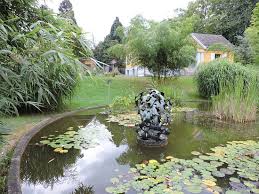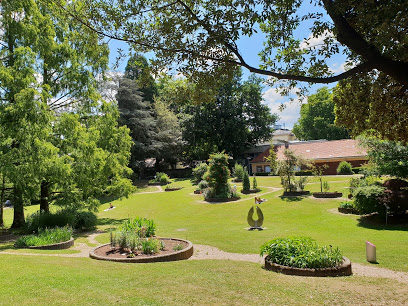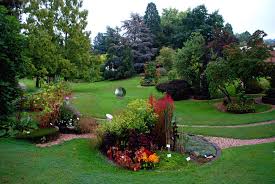Freiburg Botanical Garden is a botanical garden in the Herdern district of Schänzlestraße 1, Freiburg im Breisgau, Baden-Wuerttemberg, Germany. It is connected to Freiburg University, the University of Freiburg's Research and Teaching Park. The current director of the park is Professor Thomas Bacon.
The park was founded in 1620 by the University of Freiburg. A building on the same property was rebuilt as a hospital for university members, which is also offered for anatomy training. It is one of the first botanical gardens in Germany. The park was originally part of the Faculty of Medicine at the University of Freiburg. Jacobus Walter (born 1655), a professor of medicine who was in charge of botany. During the Thirty Years War, the park was destroyed.
but a building was completed by Marquez de Voban to protect the city after France annexed Freiburg in 1677. The botanical garden was developed near the Drissam River. His design was strongly influenced by the Age of Enlightenment and increased interest in botany during the second half of the 18th century. Again, part of the Faculty of Medicine, an area of about 6.6 acres (27,000 square meters) in the area. 3000 factories by 1829, as well as greenhouses built in 1827 and 1828. Carl Julius Berylp, Fredolin Karl Leopold Spinner, Alexander Brown, Napoleon Wars. Carl Wilhelm von Nigelie, Heinrich Anton de Bari, and Julius von Sachs.
In 1878 the park was abandoned in Drissem, and the park moved to what became now a quarter of the institute and remained at this site until the First World War. In 1912, the park moved to its current location in the Herdern district of Freiburg, when a new botanical institute was built there. The park was damaged during World War II in the 1944 air raid on Freiburg.
Today, the park has about 8,000 species, with research focusing on fossil forest plants in Black Forest in the Carbonaceous period, functional morphology and biomechanics of living and fossil plants. Their collections include plants from the Alps, sand dunes, deserts, marshes and marshes, with four exhibition greenhouses (900 square meters) with tropical plants, ferns, cactuses and sticks.





